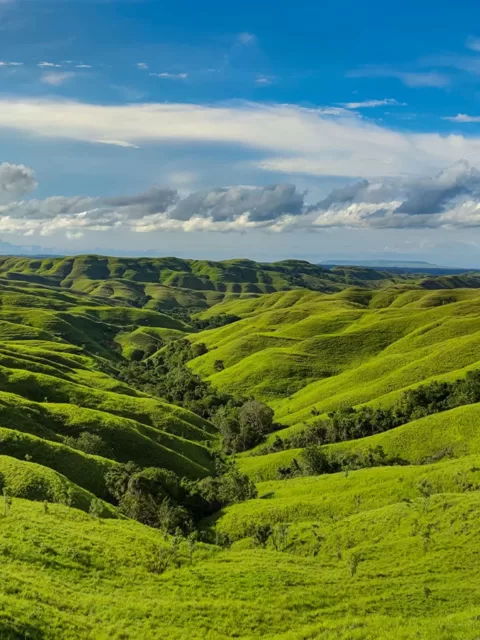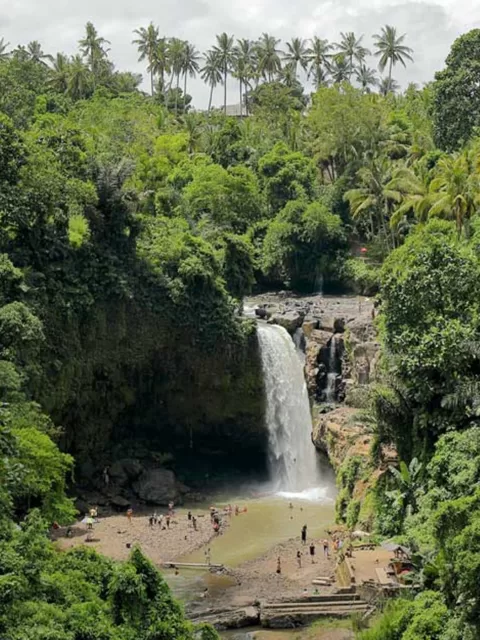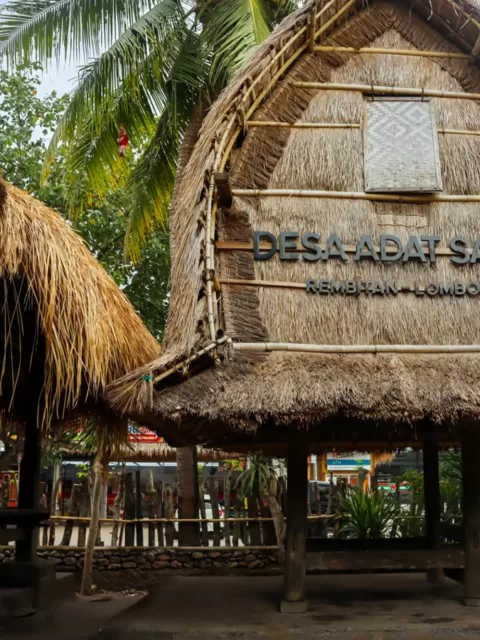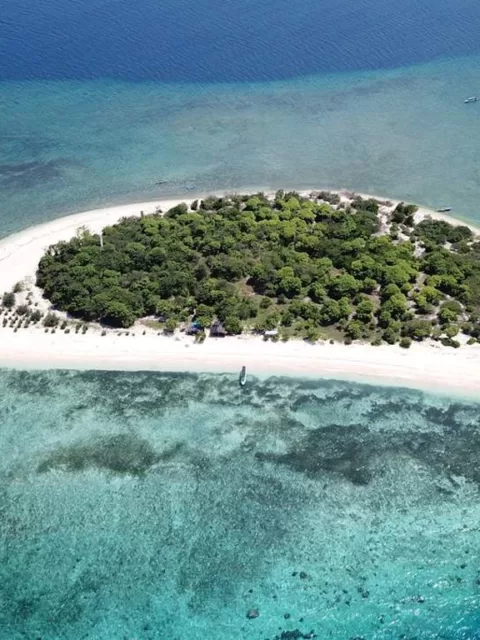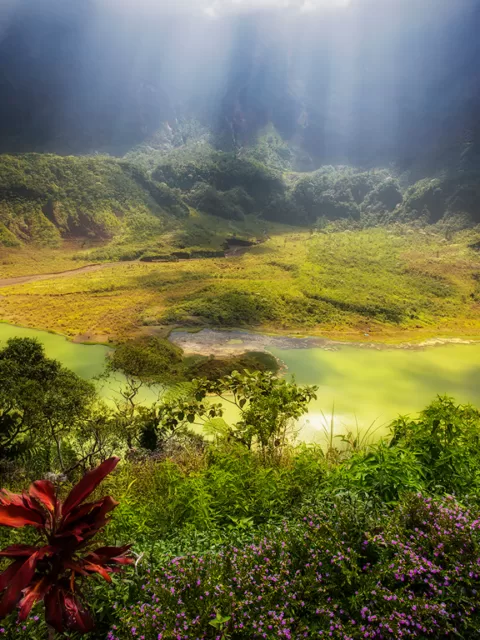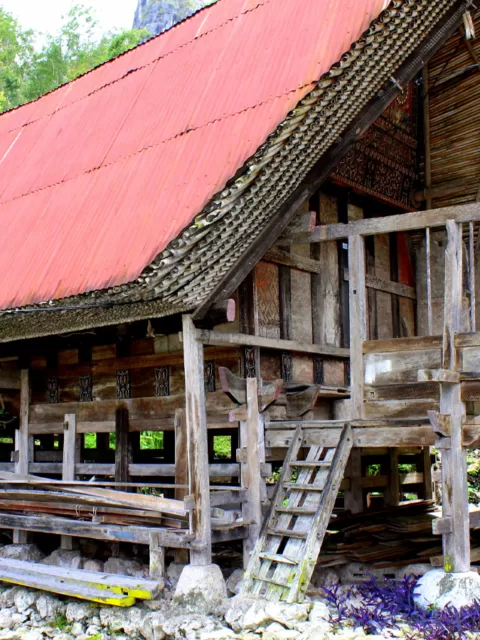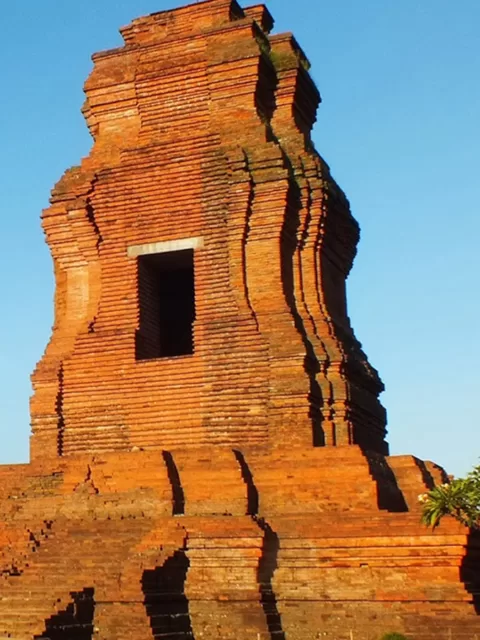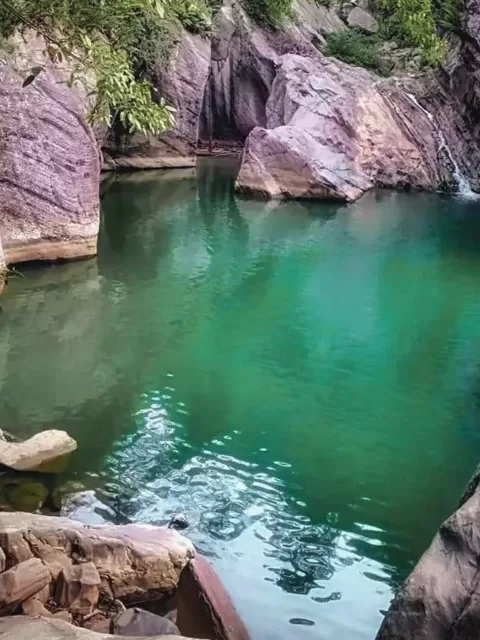The Beauty and Mysteries of Petruk Cave Unveiled
Overview
Petruk Cave, a mesmerizing natural wonder nestled in the heart of Kebumen Regency, Central Java, Indonesia, enchants visitors with its breathtaking beauty and enigmatic aura. Named after Petruk, a beloved clown character in Javanese wayang kulit (shadow puppetry), the cave captivates with its otherworldly landscapes, diverse biodiversity, and intriguing historical mysteries.
Beyond its aesthetic allure, Petruk Cave plays a vital role in preserving the region’s natural and cultural heritage. The cave’s unique geological formations, lush vegetation, and rare animal species testify to its ecological significance. Additionally, Petruk Cave’s rich history and cultural associations imbue it with a profound sense of place.
Unfortunately, natural wonders like Petruk Cave face increasing threats from human activities, such as unsustainable tourism, climate change, and pollution. Therefore, it is imperative to raise awareness about the cave’s importance and implement effective conservation measures. By unraveling the mysteries of Petruk Cave and appreciating its unparalleled beauty, we can inspire others to protect this precious natural treasure for future generations.
The Geographical Splendor of Petruk Cave
Petruk Cave’s geological splendor unfolds as visitors delve into its depths. The cave’s formation dates back millions of years, shaped by the relentless forces of nature. Limestone deposits, eroded by underground rivers, carved out the cave’s intricate chambers and passages.
Visitors are greeted by a majestic entrance hall, adorned with towering stalactite formations and cascading waterfalls. As they venture deeper into the cave, they encounter a myriad of unique rock formations, including towering columns, delicate flowstones, and intricate draperies. Some of the most notable formations include the “Giant’s Head,” a colossal stalagmite resembling a human face, and the “Crystal Palace,” a chamber sparkling with calcite crystals.
Petruk Cave’s geological splendor transcends its aesthetic appeal. The cave’s intricate formations provide valuable insights into the region’s geological history and ongoing processes. For instance, the cave’s stalactites and stalagmites offer clues about the region’s ancient climate and tectonic activity. Additionally, the cave’s underground rivers play a vital role in replenishing local aquifers.
The Lush Biodiversity Around Petruk Cave
Petruk Cave’s lush biodiversity adds to its enchanting allure. The cave’s unique microclimate and sheltered environment foster a diverse range of flora and fauna. Visitors can marvel at the myriad of ferns, mosses, and fungi that thrive in the cave’s damp recesses. Additionally, the cave provides a sanctuary for a variety of bats, birds, and reptiles.
Some of the most notable species found within Petruk Cave include the endangered Javan rhinoceros hornbill, the white-bellied sea eagle, and the reticulated python. The cave also harbors a variety of unique cave-dwelling creatures, such as the blind cavefish and the giant cave cricket.
Petruk Cave’s biodiversity plays a crucial role in maintaining the region’s ecological balance. The cave’s flora and fauna contribute to nutrient cycling, pollination, and seed dispersal. Additionally, the cave’s bats help to control insect populations.

Historical Mysteries Linked to Petruk Cave
Petruk Cave’s intriguing historical mysteries shroud it in an enigmatic aura. The cave is imbued with cultural significance, as evidenced by its association with Javanese folklore and religious beliefs.
According to legend, Petruk Cave was once the abode of the eponymous clown character, a revered figure in Javanese wayang kulit. The cave is also believed to be a sacred site, revered by Hindus and Buddhists alike.
Archaeological evidence suggests that Petruk Cave has been inhabited by humans for thousands of years. Stone tools and other artifacts discovered within the cave date back to the Paleolithic era. Additionally, the cave’s walls are adorned with ancient rock carvings and inscriptions.
Petruk Cave’s historical mysteries continue to fascinate archaeologists and historians alike. The cave’s rich history and cultural associations offer a glimpse into the region’s ancient past.
Exploring Petruk Cave: Tips and Guidelines
Exploring Petruk Cave is an unforgettable experience, but it is important to adhere to safety guidelines and practical tips.
The best time to visit Petruk Cave is during the dry season (April to October), when the weather is mild and the cave is less crowded. Visitors are advised to wear sturdy footwear and clothing that can get wet and dirty. It is also important to carry a headlamp or flashlight, as the cave is dark.
Visitors should avoid exploring the cave on their own and hire a qualified guide. Guides can provide valuable insights into the cave’s history, geology, and biodiversity. Additionally, they can help visitors to navigate the cave’s complex passages and avoid potential hazards.
Visitors should also be respectful of the cave’s environment. Avoid touching the cave formations or leaving any trash behind. It is important to preserve the cave’s natural beauty and pristine condition for future generations.
Petruk Cave Conservation Efforts
Petruk Cave’s unique geological features, lush biodiversity, and rich historical heritage make it a valuable natural asset in need of conservation. Local communities play a vital role in protecting the cave from environmental threats and unsustainable tourism practices.
In recent years, several conservation initiatives have been launched to safeguard Petruk Cave. For instance, the local government has established a protected area around the cave and implemented regulations to control tourism activities. Additionally, local communities have formed conservation groups to monitor the cave and educate visitors about its importance.
Despite these efforts, Petruk Cave continues to face challenges from unsustainable tourism and climate change. Overcrowding and littering can damage the cave’s delicate formations and disrupt its fragile ecosystem. Additionally, climate change-induced extreme weather events, such as flooding and landslides, pose a significant threat to the cave’s stability.

Unraveling the Mysteries: Notable Expeditions in Petruk Cave
Petruk Cave’s enigmatic aura has captivated explorers for centuries. Over the years, several notable expeditions have been launched to unravel the cave’s mysteries and document its unique features.
One of the most significant expeditions was led by Dutch explorer and archaeologist Van Stein Callenfels in the early 1930s. Callenfels and his team discovered a wealth of archaeological evidence within the cave, including stone tools, rock carvings, and inscriptions dating back to the Paleolithic era.
In the 1980s, a team of French and Indonesian scientists conducted a comprehensive survey of Petruk Cave. The team mapped the cave’s intricate passages and documented its unique geological formations and diverse biodiversity.
More recently, in 2019, a team of Indonesian cavers launched an ambitious expedition to explore Petruk Cave’s uncharted sections. The team discovered several new passages and chambers, some of which contained ancient rock carvings and fossils.
These expeditions have shed light on Petruk Cave’s rich history and unique geological features. However, much of the cave remains unexplored, offering a tantalizing prospect for future explorers.
Summary
Petruk Cave, a mesmerizing natural wonder nestled in the heart of Indonesia, captivates visitors with its breathtaking beauty, enigmatic aura, and significant ecological and cultural value. The cave’s intricate geological formations, lush biodiversity, and rich historical mysteries offer a unique and unforgettable experience to all who explore it.
However, Petruk Cave faces increasing threats from human activities and climate change. Therefore, it is imperative to raise awareness about the cave’s importance and implement effective conservation measures. By unraveling the mysteries of Petruk Cave and appreciating its unparalleled beauty, we can inspire others to protect this precious natural treasure for future generations.




